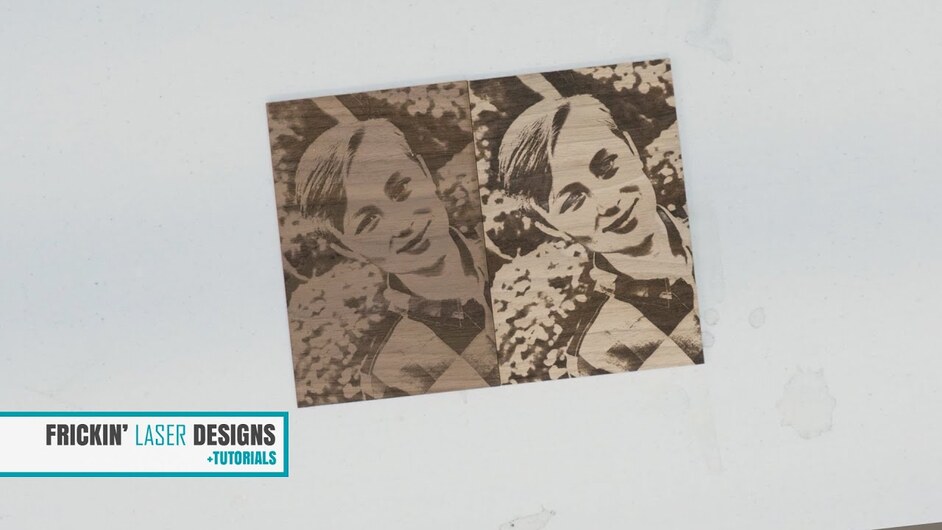This was actually my first Glowforge tutorial that I never got around to editing. It’s not fancy but the technique is worth knowing, I suppose. For what it’s worth:
Very interesting technique! Added to the Matrix. 
Question: Did you have any problems with raising the grain on the walnut, because of the wetting actions of the bleach, vinegar solution, and/or the acetone? Did you have to sand in between any of the treatments?
Also, and this is not meant to be inflammatory or snarky, but why bleach walnut (a relatively dark wood) when you could use maple, or some other light wood? Is there a characteristic of walnut that you like better?
The grain probably raised some but it wasn’t a big deal to me.
I bleached the dark wood because I wanted the dark etch to show through. Maple gives a golden etch and was not what I wanted. Also, when the laser burns the treated wood, the residue is black and different from the residue created on non-treated woods (it’s powdery). In another version, I used just a tiny bit of acetone and the same brush. I cleaned the wood but continued to use the same acetone. Because there was not much to begin with the acetone was pigmented and it allowed me to create a nice grey patina on the wood. Thanks for watching.
I have frequently used bleach do get to the undamaged color of the wood. I do not use it so heavily as to go away from that natural color. Where it cannot be cleaned up enough the burn is more problematic than in lighter woods.
That makes sense. I guess I should have figured it out, as different wood species react differently to a lot of things, even stain, but I did not even think of the possibility that walnut and maple might have different burn colors
